Best Time To Visit: Warmest Months to Visit Iceland
The warmest time to visit Iceland is during the usual European summer months of July and August. The country is renowned for being cold, but temperatures are much milder during the summer months.
The top question on everyone’s minds when planning a trip to Iceland is ‘When is the best time to visit?’
With fluctuating weather conditions and variable temperatures throughout the year, the weather can greatly impact what you do and where you visit in Iceland. We’ve put together a useful guide on Iceland's weather and when it is at its warmest so that you can strategically plan your adventure without worrying about weather disruptions.
When is it warmest in Iceland?
Temperatures during the summer months are an average of 14.5 °C in July, typically making it one of the best months to visit Iceland.
The warmest time to visit Iceland is during the usual European summer months of July and August. The country is renowned for being cold, but temperatures are much milder during the summer months.
If you’re planning on visiting Iceland in the summer, you may be unsure of what to pack in your suitcase. Discover what to wear in Iceland in the Summer.
It is important to note that the different seasons offer the opportunity for you to do different things in Iceland, as the landscape changes quite drastically. Visiting during the warmest time of the year also means that you don’t have to fork out for expensive thermal gear and warm clothing either.
Weather in Iceland
The weather you can expect in Iceland during different months of the year can massively impact your decision on when to travel. Temperatures in the summer are often comfortable, and the ice and snow melt to reveal green landscapes. You can expect temperatures above 10°C from May to early September, with highs of 25°C on the warmest days. However, temperatures in the winter are much colder and often fall below freezing, with lows of up to -30°C in Northern Iceland, although this is extreme, and averages lie around -5°C. More extreme weather can lead to road closures and even the closures of things like museums, so be sure to check before you book.
The table below includes the average temperatures from Akureyri in Northern Iceland for the warmest times to visit Iceland:
|
Month |
May |
June |
July |
August |
September |
October |
|
Average high °C |
9.5 °C |
13.2 °C |
14.5 °C |
13.9 °C |
9.9 °C |
5.9 °C |
|
Average low °C |
2.3 °C |
6.0 °C |
7.5 °C |
7.1 °C |
3.5 °C |
0.4 °C |
Best Time To Visit For The Best of Iceland
If you are visiting Iceland to see certain sights, it is worth reading up on the best times of year to see them. Our guide below outlines the best times to see some of Iceland’s most infamous spectacles.
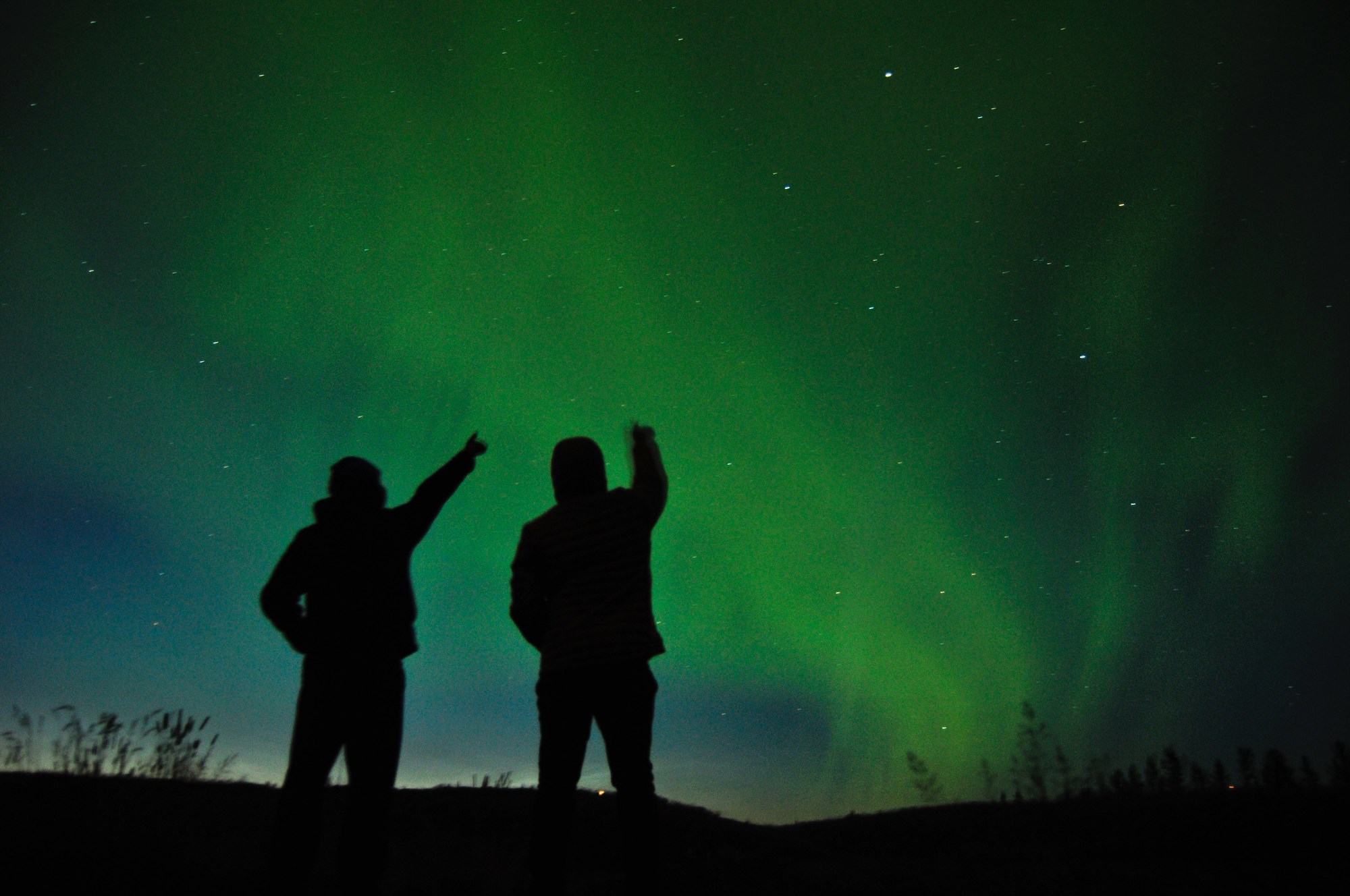
When To See The Northern Lights
If you are traveling to Iceland in the hope of seeing the northern lights, or Aurora Borealis, then you will want to travel between the cooler months of September and April. Whilst not offering the warmest of weather, the northern lights are only visible during this time of the year, but September to October and February to March are some of the best times for the highest chances of capturing this fascinating phenomenon. This means you will be traveling during the winter months when the temperature starts to fall, so make sure to pack your thermals.
Are you interested in catching a glimpse of this natural phenomenon? Discover the best places to see the northern lights in Iceland.
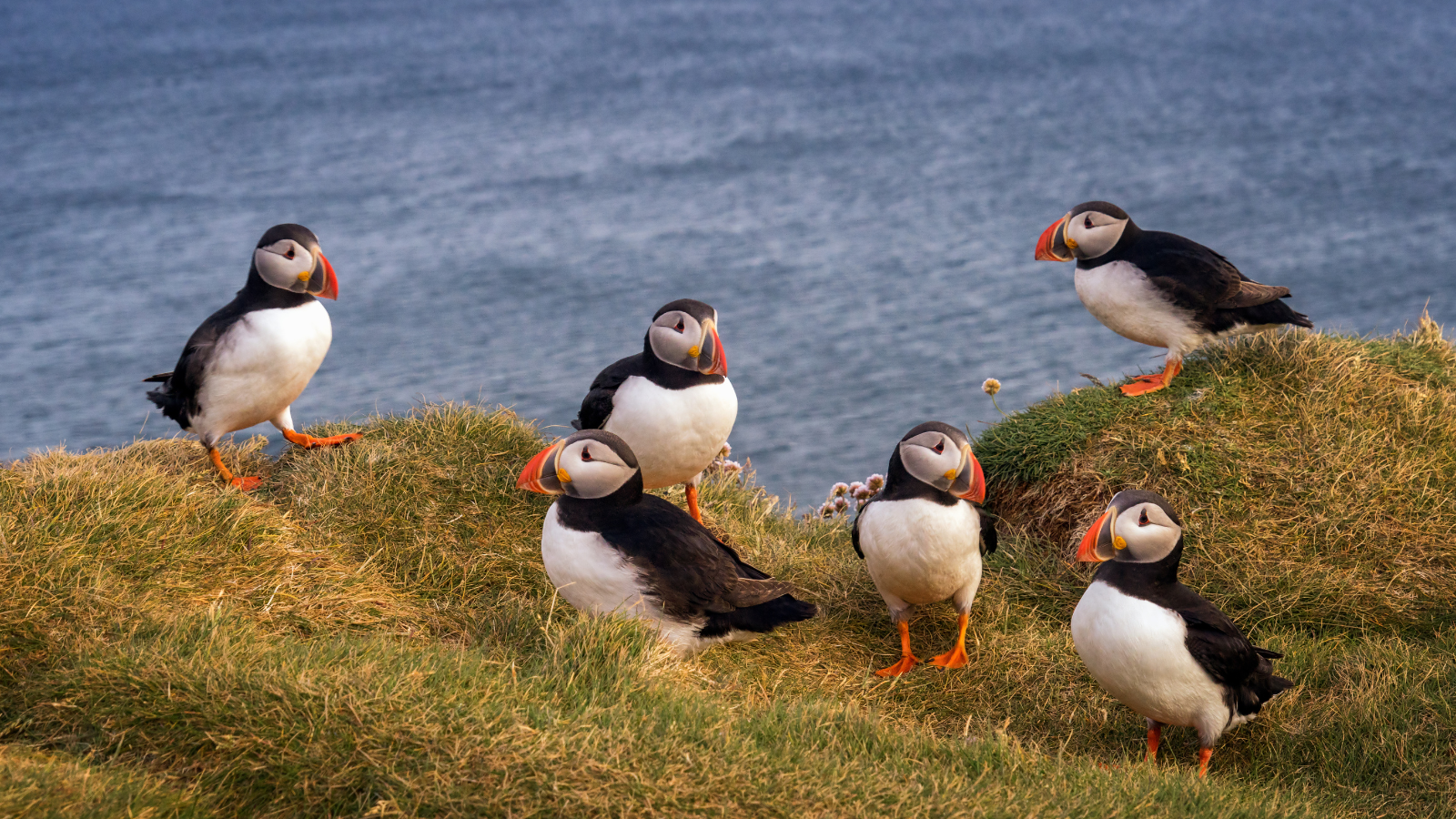
Best Time To See Iceland’s Wildlife
Iceland is home to a wide array of wildlife that attracts a lot of tourism, as it is difficult to spot elsewhere in the world. This includes excursions to see puffins, orcas, whales, and plenty of other arctic animals, too. However, due to the migration patterns of these animals, it is difficult to see all of them on one trip. The best time to visit Iceland to see the wildlife is during the summer months when the temperatures are a bit warmer. Orcas can be seen on excursions during February and March, but puffins and other animals can only be seen from April through to September. Many whale-watching and other wildlife-watching tours only run during the summer months.
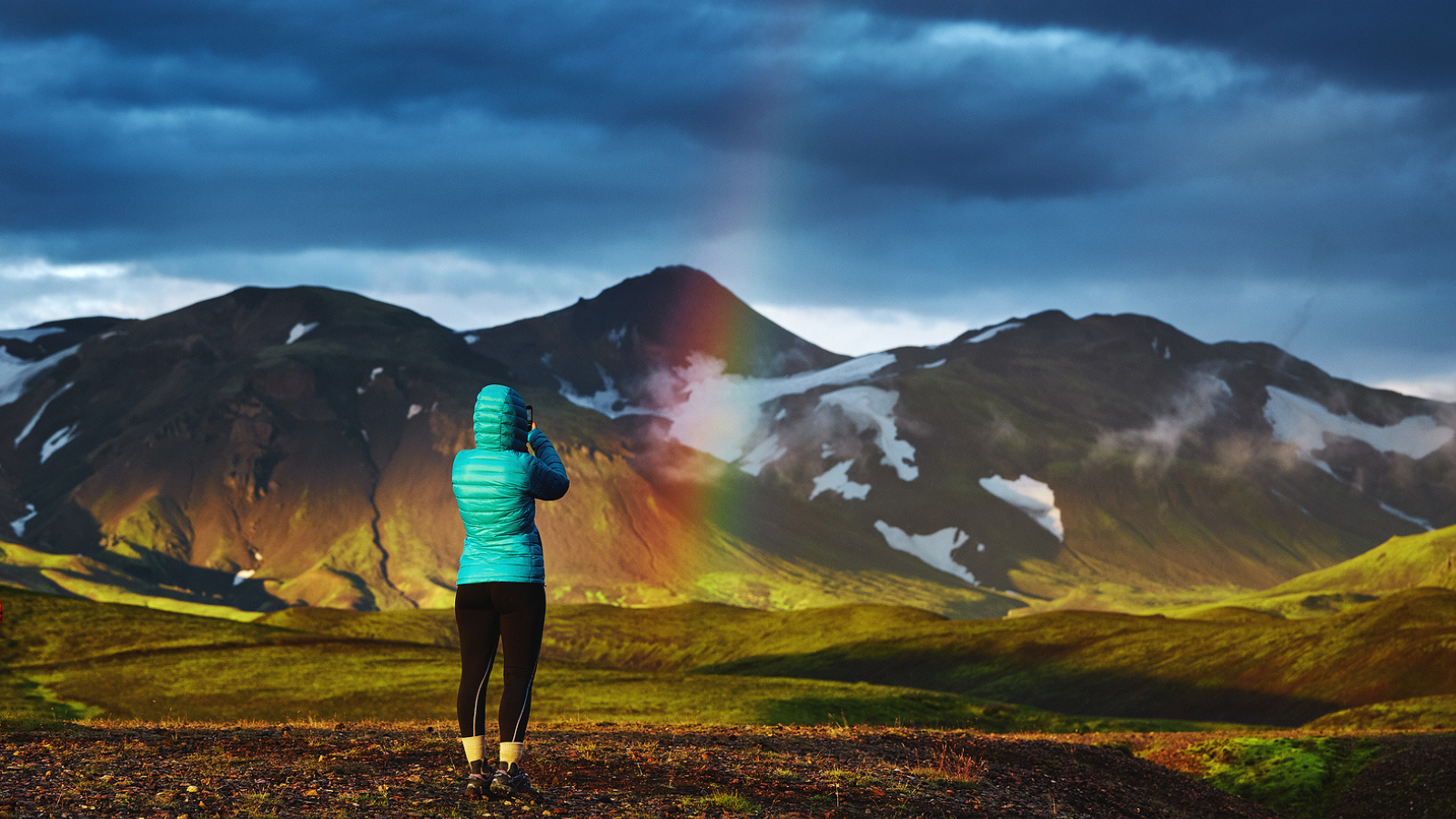
Best Time For Hiking In Iceland
Hiking opportunities are rife all over Iceland, no matter how experienced a hiker you are. From short circular trails to week-long treks, there are an abundance of hiking trails to explore, and there will be places to hike no matter the season. However, milder temperatures and less extreme weather conditions are preferable for walks of all kinds, which is why summer months are the best for hiking in Iceland. What’s more, the Highlands, including places like Landmannalaugar, are incredibly popular hiking destinations and are only accessible during summer.
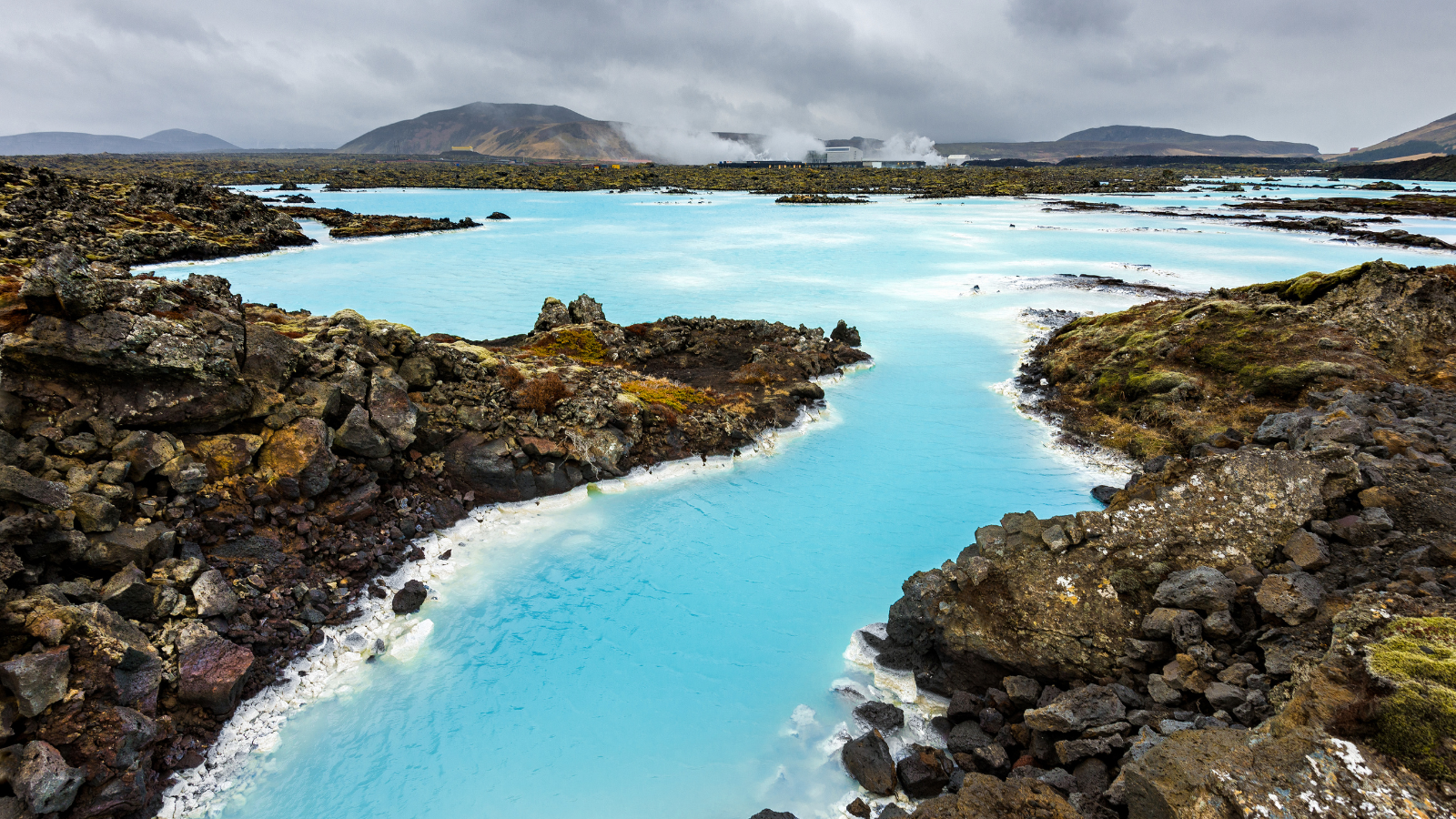
Best Time To Enjoy The Blue Lagoon
If you’re visiting Iceland, you’ll definitely know what the Blue Lagoon is! If not, this popular geothermal pool is located near the capital and is renowned for its dreamy mineral-rich water, perfect for soaking achy muscles or even for its rejuvenating properties for skin conditions. As the main pool is located outside, the most popular times to visit are between May and August, when Icelandic temperatures are slightly warmer. However, if you are brave enough, soaking in the balmy waters while overlooking snow-covered lava fields in winter can also be an excellent way to spend an afternoon!
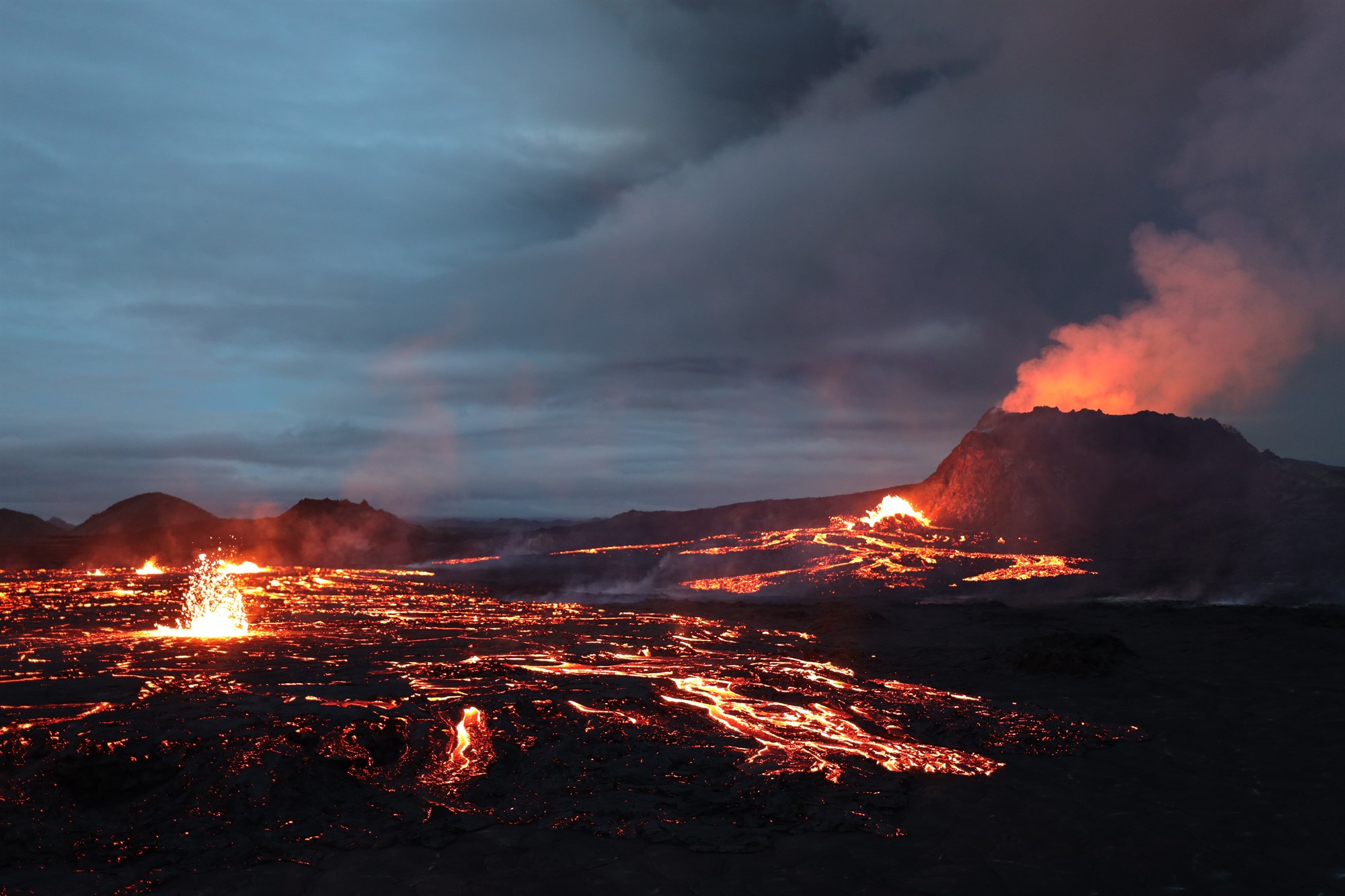
When To See Iceland’s Volcanoes
Iceland is infamous for its incredible selection of active and inactive volcanoes, scattered across the country. Whilst the vast majority of volcanoes are accessible throughout the entire year, there is one major attraction unique to Iceland that you can only see in the warmer months. Thrihnukagigur is the only volcano in the world that you can explore inside, however, it is closed during the winter. If this is on the top of your list, be sure to plan your trip to Iceland for the summer. If you are looking to catch a glimpse of an active volcano, we recommend checking out the latest volcano news and how best to safely view any lava flow.
How To Get Around Iceland Year-Round
When you have decided what time of year you want to head to Iceland, you will also have to decide how you plan on getting around the island.
Public Transport
If you are planning on heading to Iceland in the summer, then you will find a better public transport schedule. However, this is somewhat limited as to where you can reach, and in some parts of the country is not very regular. The schedule is reduced during the winter, and there are some areas that can’t be reached by public transport. For example, if you want to explore the Highlands in the center of the country, public transport may not get you where you want to go.
Self-Driving In Iceland
The best way to get around the island and see everything is to rent a car and drive. This gives you the freedom to travel the whole island and fits things into a tighter schedule, no matter when you choose to visit. Reykjavik Rent a Car can help you find the perfect rental to meet your needs. View our selection of high-quality rental cars today.